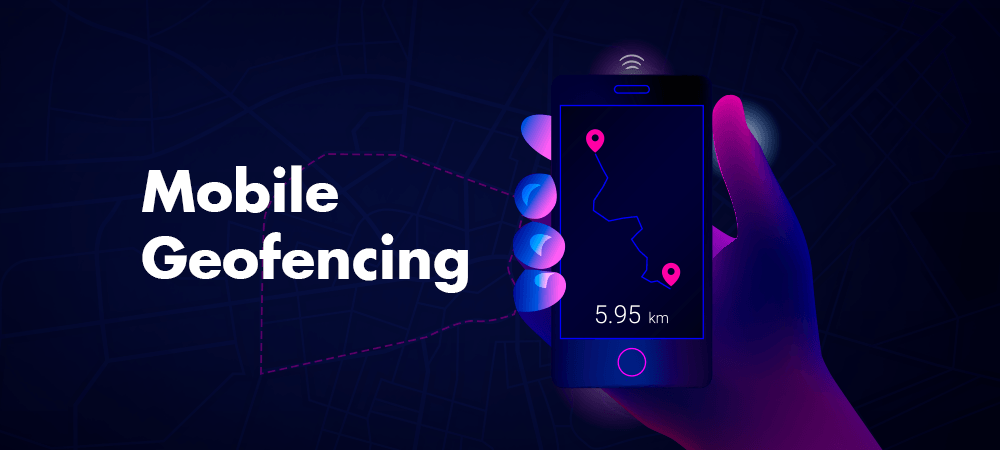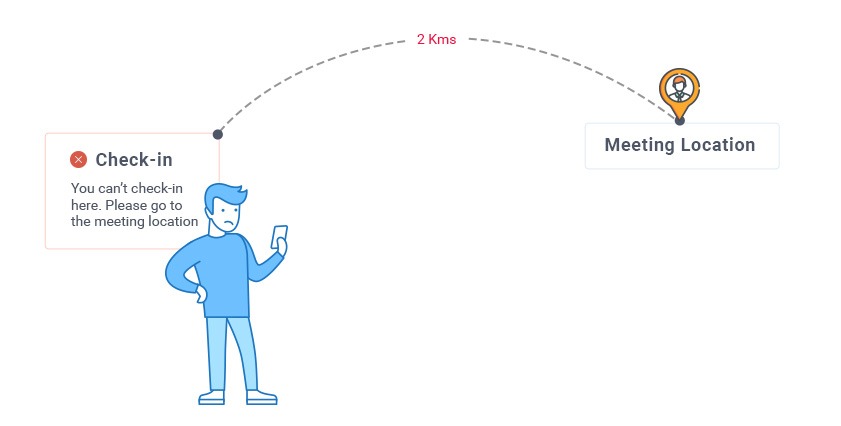It would be nice to think that every employee was 100% honest and could be trusted to do their job. Unfortunately, dishonesty can easily creep in, especially with members of field service teams who are not under constant supervision.
It might start off with little white lies – perhaps they claim they are half an hour away from their next destination when they are actually just a few streets away at a coffee shop. Sure, they’ll arrive on time, but they’re not being honest about where they are.

Eventually, this could escalate into claiming they went to a meeting that they never actually attended. They claim the result of the meeting was that the customer was not interested, and no sale (and no progress) was made. If you believe them, you might abandon that customer. The reality may be that the customer was ready to buy, but the field team member just didn’t want to go there that day.
Not only do you have a team member who is being dishonest (and getting away with it), but you also have sales that were potentially lost and an (ex) customer that may be tempted to tell other people how poor your service was.
What it could cost you
Nothing ruins the reputation of a business faster than a disgruntled customer, and nobody spreads the news faster than a customer who has been let down. You’d think that with a little bit of technology that you would be able to combat this easily.
In this modern age, you can track where your employees are through apps on their phones. They can manually check in to meetings, or if they neglect to do so, they can be automatically checked in using location services, making it easy to keep track of them. They checked in manually to a meeting, and so must have been there, right?
But therein lies a problem of trust. What if they checked in manually, but never actually physically arrived at the location?
Building a Fence
Have you ever wondered what a fence is for? It seems like it is there to segregate things – to keep your property separate from your neighbor’s. It helps you see what’s yours and what’s theirs. But that’s not all fences are used for.
In truth, fences are designed to keep things in – or to keep things out.

It all depends on your perspective as to which way round it is. When your neighbor buys a dog, as far as they are concerned the fence is there to keep the dog IN the garden and to prevent it from running away. To your mind, the fence is there to keep the dog OUT of your garden.
To put it another way, in one location the fence PREVENTS an action from being taken (the dog running away). In the other location, the fence ALLOWS you to do whatever you want without having to worry about the dog.
Fences exist in the digital world and work in just the same way as real fences – you just can’t see them with your eyes.
Geofencing your employees
To begin with, understand that this isn’t a way to compare your employees to dogs. No, this is to demonstrate the purpose of a fence or a geofence.
A geofence is a virtual structure erected around a location to prevent or allow actions based on your position relative to it. The name comes from adding “geo”, abbreviated from geographical, to the word fence. It literally means a fence in or around a particular location.
When you are outside of the fence, you are prevented from taking certain actions. When you are inside the fence, you can complete these actions with ease.

If you allow your field team to manually check in to the locations they are visiting, without geofencing, they could check in to an office in Alabama while sitting in a bar in Scotland. With geofencing enabled, they can only check in to the office in Alabama when they are within the perimeter of the office.
If they’re in a bar in Scotland, they can’t check in. If they’re in the building across the street, they can’t check in. If they are anywhere that isn’t the building they are supposed to be at, they simply cannot check in.
Using geofences to confirm the location of your field operatives will have a double benefit. First, you know they are exactly where they claim to be. Second, any report they provide will be given with the knowledge that they were actually at the meeting, and the report isn’t fabricated.
Are all field operatives dishonest?
No, not at all! That’s not the point of using a geofencing system. The majority of your team are likely to be perfectly honest, but situations may arise where one or two of them may be tempted to skip a meeting. This is perfectly normal, as humans have a tendency to try and avoid things they don’t want to do or feel that may cause them pain, be it physical or mental!
By limiting their options for dishonesty with a geofence, they’ll either have to come clean about their intentions, or they’ll be prompted to go to the meeting as they were meant to.
There may be a valid reason they don’t want to attend or are physically unable to get there, and that’s fine – that’s something for their manager to pick up on and work through. But if they were dishonest and claimed to have been at the meeting when they weren’t (and there was no way of proving otherwise), the behavior would never be noticed, and nothing could be done about it.
Keeping your field team on the straight and narrow helps to get better results from them, and allows them to voice their concerns regarding upcoming meetings. It helps to build a stronger relationship between the workforce and the management team and helps you to provide a much better service to your customers too.
No customer wants to spend their time looking around their office for the team member who checked in half an hour ago…but is actually somewhere else entirely!









